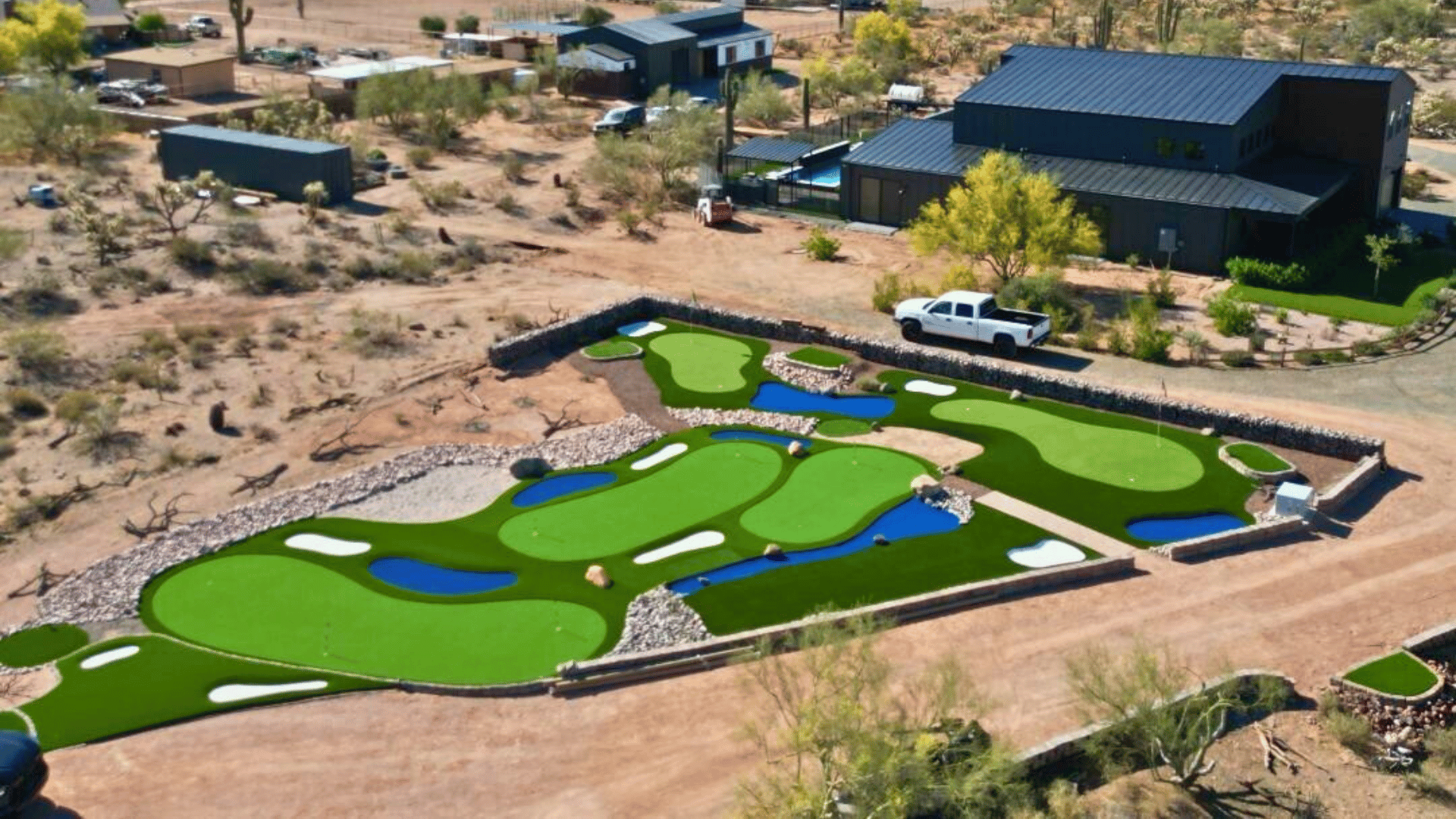Throwback to your kindergarten days and you’re coloring in a map. You’ve got an array of crayons (which you’re quite proud of if you’re being honest), organized as you begin to color in a realistic natural landscape. You begin with the land which you color in with a green crayon, the trees are brown, and you color in the bodies of water a gorgeous bright blue, right? Well, maybe not always.

Located slightly to the south of Western Australia, Lake Hillier was discovered in 1802 by Royal Navy explorer Matthew Flinders and its unique bubble gum pink color is truly something to behold. The scientific reasons behind why the lake is this color are still up for debate amongst experts, but one of the possible reasons is due to a species of microalgae known as Dunaliella Salina.
Dunaliella Salina is photosynthetic microorganisms that generate energy using parts of the visible light spectrum in orange or red frequencies. They produce the carotenoid pigment called beta-carotene (which is also found in carrots), which are thought to possibly cause the pink hue of the water.
Another possible theory involves the large amounts of halophilic bacteria and archaea in the salt crusts of the lake. These microorganisms produce a similar carotenoid pigment within their cell membranes which, again, could contribute to or be the cause of the lake’s pink hue.

The Extreme Microbiome Project, the Association of Biomolecular Resource Facilities (ABRF), and the Metagenomics Research Group (MGRG) have performed a metagenomic analysis on the lake in order to find species of Dunaliella, Salinbacter ruber, Dechloromas aromatica, and a few species of Archaea.
The lake is also full of salt water which is roughly ten times saltier than that of the ocean water. Lake Hillier was mined for its waters in the early 20th century, but now it’s protected as one of Australia’s natural reserves. Despite the high levels of salt content, the lake is still safe to swim (but not to drink). Although it is technically safe to swim, it is most often viewed by air as it is protected and therefore not open to tourists commonly.







